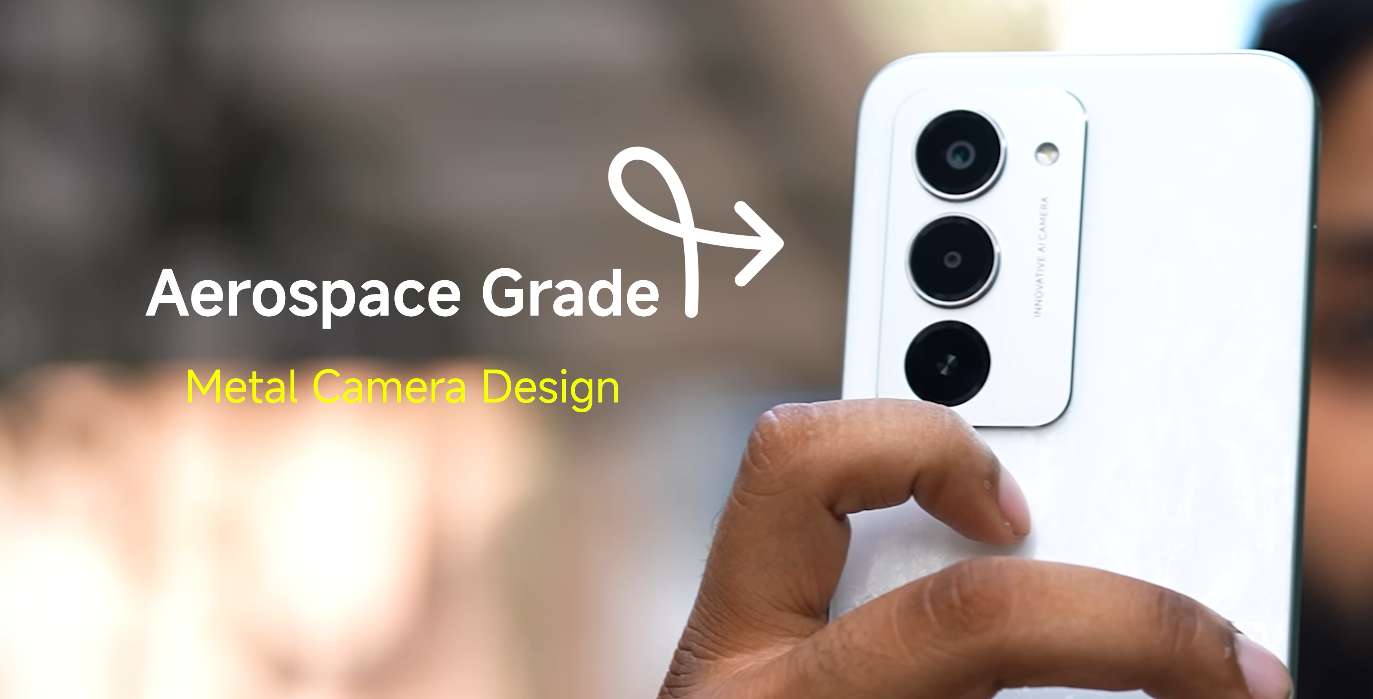Redmi 15 series explained: 4G vs 5G version differences

A clear breakdown of 4G and 5G variants
When choosing between the Redmi 15 4G and Redmi 15 5G, many of the specs look incredibly similar—but a few key differences determine which version makes more sense for you. This article will walk you through the major distinctions, where the two variants match up, and what it means for UK users.
Both phones share the same bold display size: a 6.9-inch Full HD+ panel with a 144 Hz refresh rate. That means whether you pick the 4G or the 5G version, you’ll enjoy a large screen designed for smooth scrolling, responsive feel and immersive content viewing. On battery life, both pack a 7,000 mAh cell with 33 W fast charging, meaning endurance is strong either way.
The first major difference comes in the chipset. The 4G version is powered by the Snapdragon 685, whereas the 5G version uses the Snapdragon 6s Gen 3. The newer chipset offers better performance—faster processing cores, stronger GPU capability and more future-proofing. If you plan to keep the phone for several years or use heavier apps/gaming, the 5G version has the advantage.

Connectivity and network support mark the obvious difference: the Redmi 15 5G supports 5G networks, while the 4G version does not. If you are in an area where 5G service is available and you want to benefit from higher speeds (or simply want the “5G” label for longevity), the 5G variant is clearly the better choice. If you primarily use 4G and don’t anticipate needing 5G, the 4G model will suffice and save money.
Interestingly, many other specs are identical or very close. Both models support the same screen refresh, battery size, main camera (50MP), and run the same software version (HyperOS based on Android 15). Their design, size and build quality are also very similar. That means you’re getting excellent value in either version if your usage is moderate.
However, because the 5G version uses a stronger chipset, real-world benchmarks show a performance lift: the 5G model scores significantly higher in tests of CPU/GPU power. This extra headroom means smoother gaming, better multitasking and potentially longer usable lifespan in terms of software updates and performance. The trade-off is a higher price and more features you may or may not use.
For UK buyers the decision really depends on two things: your budget and your network context. If you’re in a region with accessible 5G service (and you expect to use higher data speeds or want longer device relevance), go with the 5G model. If you’re primarily using standard apps, social media, streaming and basic gaming—and you want value—the 4G version gives you nearly all the benefits at a lower cost.
It’s also worth considering resale value and update support. A 5G-capable phone may hold its value a bit better and may be supported for a longer time. On the flip side, if the 5G network in your area is under-utilised or expensive, paying extra for it might not make practical sense.
In summary: the Redmi 15 series offers two very capable handsets. The 4G version delivers excellent core specs and battery life at stronger value. The 5G version adds better performance and network future-proofing at a higher cost. For many UK users, the 4G model will be totally adequate; for those chasing performance or longer lifespan, the 5G variant is the smarter pick.





